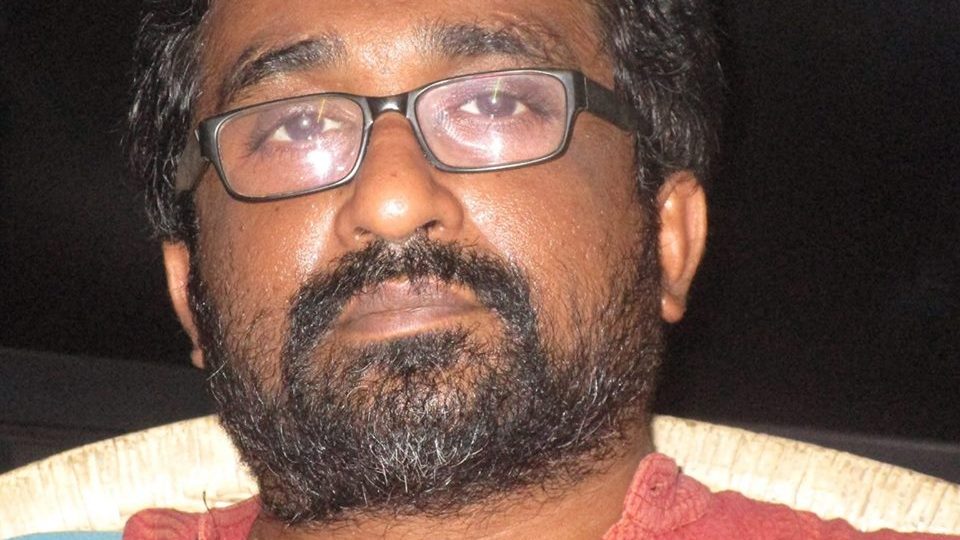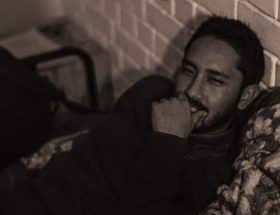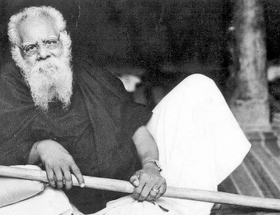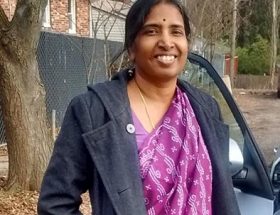Brahmanism and Politics of Production of Muslimophobia – II
This is the second of a two-part series of examples of the production of Muslimophobia in India and its hegemonic linkages. The first part is here.
Bobby Kunhu
The people themselves are not a homogeneous cultural collectivity but present numerous and variously combined cultural stratifications which, in their pure form, cannot always be identified within specific historical popular collectivities.
On May 28, 2023, Dipankar Bhattacharya, General Secretary of the Communist Party of India (Marxist-Leninist) Liberation in his acceptance speech receiving the Ambedkar Sudar award, claimed that “Muslims are emerging as India’s new Dalits”! Disregarding structural history of caste hegemony and oppression, the collective historical experiences of Dalit communities and role of dominant castes in perpetuating caste system, it has become fashionable to appropriate Dalithood for every socio-economic disability, particularly in India. Bhattacharya has only hitched on this bandwagon.
The problem with the generalised statement that Bhattacharya makes is that it does not address the nuances of heterogeneous Muslim experiences particularly within the emerging Hindutva state, while trivializing Dalit and Dalit-Muslim experiences. The fact is that the Hindutva juggernaut thrives on the narrative of a homogenous Muslim who is backward and therefore a problem that needs to be addressed within their ides of India, if need be violently. But Bhattacharya is not the only person who has been articulating a non-nuanced understanding of Muslims, many from the centrist and leftist political positions also articulate the same, contributing to the larger discourse of Muslimophobia.
The 2020-21 report of the All India Survey on Higher Education (AISHE) under the Union Department of Higher Education released on May 27th, 2023 provided further fodder to the exercise in homogenising Muslim experiences. AISHE data shows an 8% decline in Muslim enrolment in higher education. Writing for the Hindu, Ziya Us Salam compares this decline to increase in enrolment by Scheduled Castes, Tribes and Backward castes – a trap that the secular liberal always falls for. He also highlights the massive underrepresentation of Muslims teaching in institutions of higher education.
The problem with AISHE data is, while it does have state-wise break-up, that it considers Muslims as a single unit. While, as far as I know, there is no comprehensive research on educational status of different Muslim communities, it wouldn’t be farfetched to surmise that savarna Muslim groups like Syeds, Sheikhs, Pathans, Bohras, Mughal, Rajput, Tyagi, Gaur Muslims etc. haven’t suffered any decline in higher education enrolment – given that their rate of enrolment is already high. Savarna Muslims, not only have cornered all the affirmative action privileges for Muslims as a minority, but also have marked their presence in privileged positions including the highest of Indian offices from the Judiciary to the Executive. The first and only Muslim Intelligence Bureau Chief was Syed Asif Ibrahim. Ziya Us Salam does acknowledge that Kerala has bucked the trend, but the reasons for this will be discussed later.
The point that I am trying to argue is that experiences of empowerment, oppression and backwardness of Muslims vary depending on history, region, caste, sect, gender, sexuality and even language. (The Beary of Southern Coastal Karnataka is a classic example of a Muslim community facing discrimination on grounds of language as well). To understand this, we need to step back into the time of the formation of the Indian State and one of the most horrendous human made disasters in history – partition of South Asia. Partition violence was most acute along the western and eastern borders of the newly formed Indian state and the region that has come to be known as the cow belt. The demographics of Muslim migration into the newly formed Pakistan holds the clue to both the socio-economic status of non-savarna Muslims in these regions and the rise of Hindutva.
While non-savarna Muslims in most cities that were affected by partition were already ghettoised (like their caste brethren) and found safety by virtue of the same ghettos, it was mainly savarna and middle class Muslims, who felt vulnerable to partition violence and migrated to Pakistan. The Indian State, that professed secularism also provided a sense of physical security after the violence had abated. The result was lopsided caste demographics among Muslims in India with 15% Savarnas, who enjoyed the benefits of their minority status and continued in their hegemonic dominance, even claiming to represent the rest 85%.
Meanwhile in peninsular India, particularly the then Madras Presidency and the Kingdoms of Mysore, Kochi and Travancore, now Tamil Nadu, Kerala, Karnataka and parts of Andhra and Telangana, not only was the hegemony of caste organization among Muslim communities different from Northern South Asia, they also weren’t faced with a choice of migrating and there was no threat of violence (except Hyderabad). This is also one of the reasons that Hindutva hasn’t been able to sell its revisionist narrative and get a political foothold in in these parts, despite its monetary and social power.
The idea of the nascent Indian state –including (particularly) its right wing fringes – evolved straight from a convenient and lazy orientalist narrative – dominated by mostly savarna men cutting across religions. The much celebrated “Discovery of India” by Jawaharlal Nehru is a prime example of this idea. It is within this box, complex Muslim communities with internal hegemony and contradictions were slotted. The Indian state, therefore started with Muslim representation in the Supreme Court and the Union Cabinet, all of whom were savarna. In fact, the third president was a Muslim and India has seen four Muslim Presidents out of fifteen, as against two Dalits, one Adivasi and not a single president from the OBCs. Of the four, only Kalam was not a savarna Muslim. Meanwhile, the States have seen eighteen Muslim Chief Ministers, eleven of whom were in Jammu and Kashmir. Except for Kerala and Puducherry, all of them were Savarna. (As an aside – perhaps indicative of the Indian political zeitgeist, there hasn’t been a single Muslim Chief Minister outside Jammu and Kashmir since 1982).
In other words, mimicking the Hindu polity, a miniscule minority from the top 15% of Muslim population, represented Muslim communities in their entirety providing a façade of a secularly representative nation, as the bottom 85% remained excluded. So, the conclusions that Justice Rajinder Sachar Committee arrived at in 2006 was the result of decades of exclusion of 85% of Muslim communities. What is missing in the Sachar Committee report is the internal hegemony within Muslim communities and status of savarna Muslims – which actually could have helped frame more concrete measures to create an inclusive policy framework. However, less than a decade after the Sachar Committee Report was published, Narendra Modi, who, as the Chief Minister of Gujarat, had challenged the report in the Supreme Court as illegal, became the Prime Minister of India.
Coming to Kerala, the reason why Kerala Muslims performed well in the AISHE survey is that Malabar Muslims or Mappilas, most of whom were traditionally peasants or petty traders found social mobility as migrant workers in GCC countries after the economic boom in these countries, following the second oil shock in 1979. The money-order economy of this region that also exploited the currency exchange rates, where initially men who worked in GCC countries to provide for their families back home ensured drastic upward social and economic mobility within five decades. The education and health policies of the Kerala government also helped.
To sum up, unlike what many commentaries post publication of the AISHE report suggests, Muslims are not being gradually marginalized with the ascendancy of Hindutva. On the contrary, denial of hegemonic contradictions within Muslim communities by successive Union and State governments and savarna Muslim participants in these governments as well as academic, intellectual and public discourses have left a vast majority of already disenfranchised people vulnerable to the onslaught of the Hindutva juggernaut!
“Just as there is no single interpretation of Islam, the spaces and rituals that accommodate Muslim communities across the globe also have no set form.”
― Rizwan Mawani, Beyond the Mosque: Diverse Spaces of Muslim Worship
~~~
Bobby Kunhu is a lawyer, researcher and writer.










